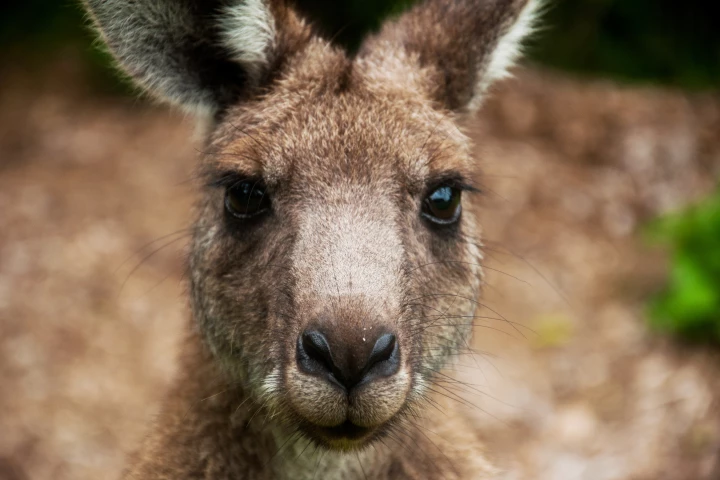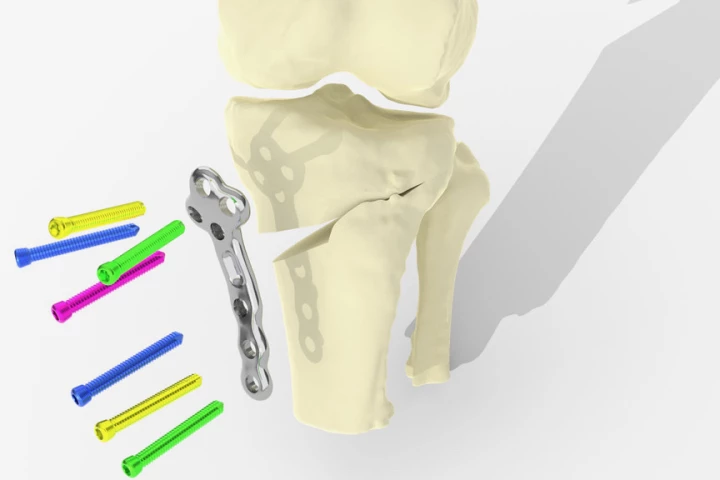Knee injury
-
Researchers may have identified the long-debated cause of creaking, popping and clicking knees – common at any age, with or without an underlying knee injury – and whether it's something to be concerned about.
-
Damage to knee cartilage and bone can limit mobility and cause chronic pain. Now, researchers have developed an off-the-shelf synthetic ‘plug’ that heals the joint and could be an alternative to current treatments like total knee replacement surgery.
-
A clinical trial will soon commence investigating whether nose cartilage can be used to regenerate knee joints that have been severely worn down by osteoarthritis. If successful, the procedure could be an alternative treatment for the condition.
-
Rebuilding knees with kangaroo tissue is one step, or hop, closer to being a reality, with human trials set to get under way in 2024. Their tendons are six times stronger than our own and are more sustainable and durable than current surgery options.
-
A new study has found a novel, non-surgical method that is very effective at healing a common sporting injury, rupture of the anterior cruciate ligament or ACL. The method could be a way to help sufferers avoid surgery altogether.
-
New data suggests long-term use of non-steroidal anti-inflammatory drugs, such as naproxen or ibuprofen, can be associated with hastened progression of osteoarthritis symptoms. The researchers are cautious to stress the link is still observational.
-
Treatments for osteoarthritis-related knee pain range from medication all the way up to knee joint replacement. The recently trialled Misha Knee System is intended to help fill the gap between those extremes, by acting as an implanted shock absorber.
-
A torn meniscus, the cartilage in the knee, is a common sports injury, and unfortunately it doesn’t heal well. But researchers in Japan have now identified a hormone that helps repair the cartilage after a surgical treatment.
-
Joint pain is a common ailment of aging, thanks to cartilage’s tendency to wear out. Researchers at Duke University have developed a new hydrogel that’s stronger and more durable than the real thing, which could make for longer lasting knee implants.
-
When it comes to the different ways of exercising the human body, walking is about as accessible as they come, and new research suggests it could be a powerful way to tackle osteoarthritis in the knees.
-
For many people with arthritic knees, a surgical procedure known as a high-tibial osteotomy (HTO) often brings relief. Thanks to 3D printing technology, however, it could soon be even more effective – and also safer to perform.
-
In order to minimize the chances of injury, many athletes wear a brace to help support a particularly vulnerable knee joint. Exoskeleton manufacturer C-EXO is taking that idea further, with a "smart" pneumatically activated knee brace.
Load More











